News + Media

The world’s third largest carbon emitter after China and the U.S., India ranks seventh in a major climate risk index. Unless India, along with the nearly 200 other signatory nations of the Paris Agreement, takes aggressive action to keep global warming well below two degrees Celsius relative to...

MIT Joint Program Co-Director Emeritus John Reilly lays out 'doable and affordable' policy roadmap (The Conversation) (Republished in MarketWatch and Fast Company)
Published: June 21, 2022 7.49am EDT
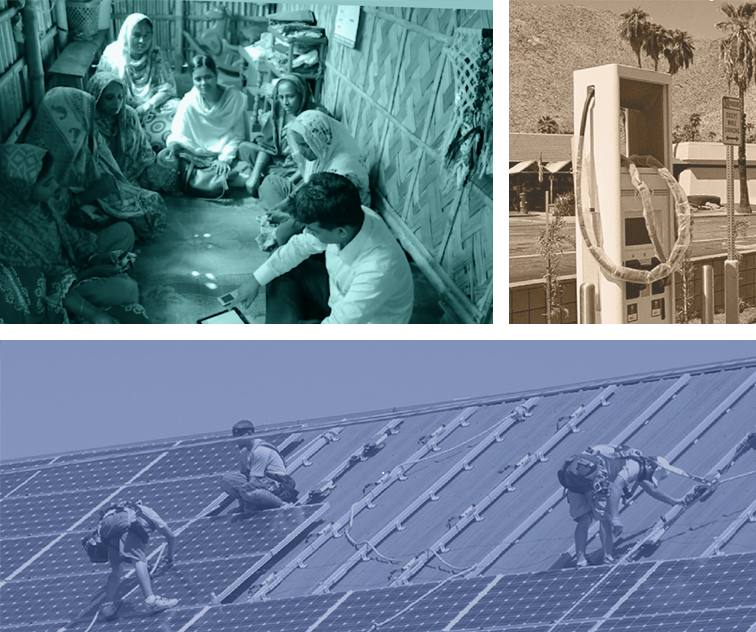
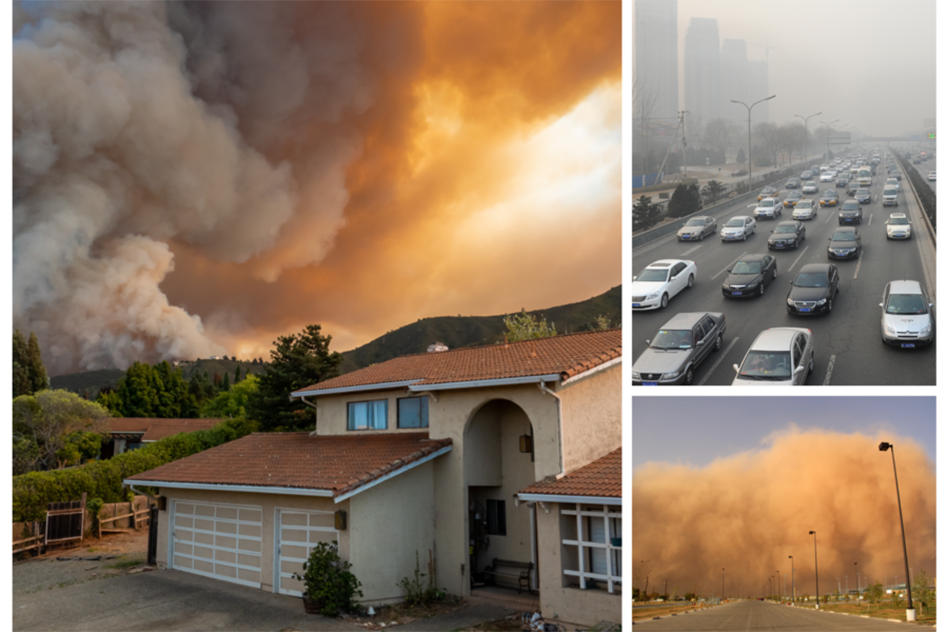
MIT research highlights the opportunity to rethink global air quality guidelines
Alongside climate change, air pollution is one of the biggest environmental threats to human health. Tiny particles known as particulate matter or PM2.5 (named for their diameter of just 2.5 micrometers or less) are a particularly hazardous type of pollutant. These particles are produced from a...
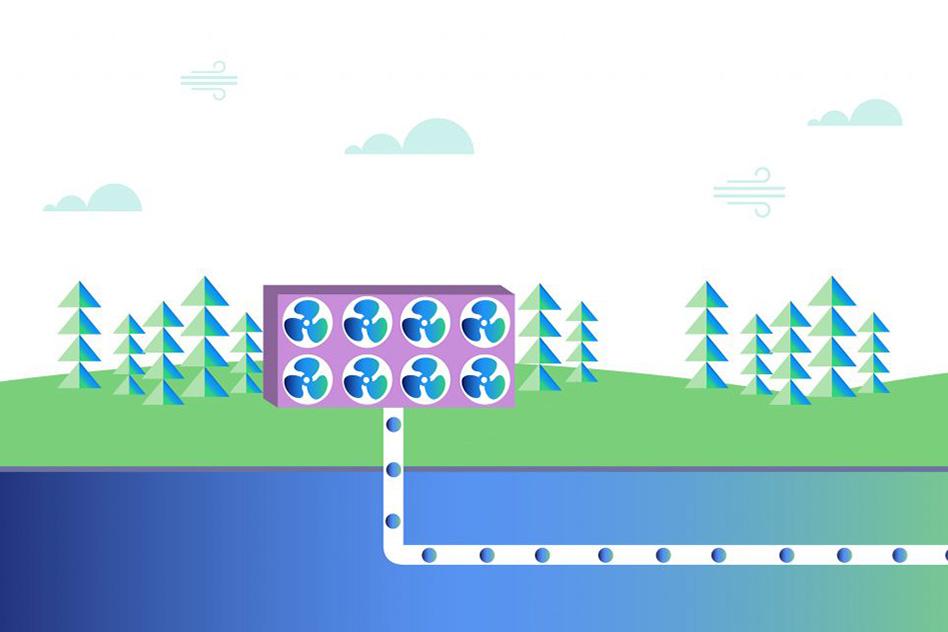
Direct air capture (DAC) technologies extract carbon dioxide (CO2) directly from the atmosphere. DAC and other carbon-removal technologies may play a key role in global and national efforts to achieve net-zero emissions economies in which the amount of CO2 released into the atmosphere is...
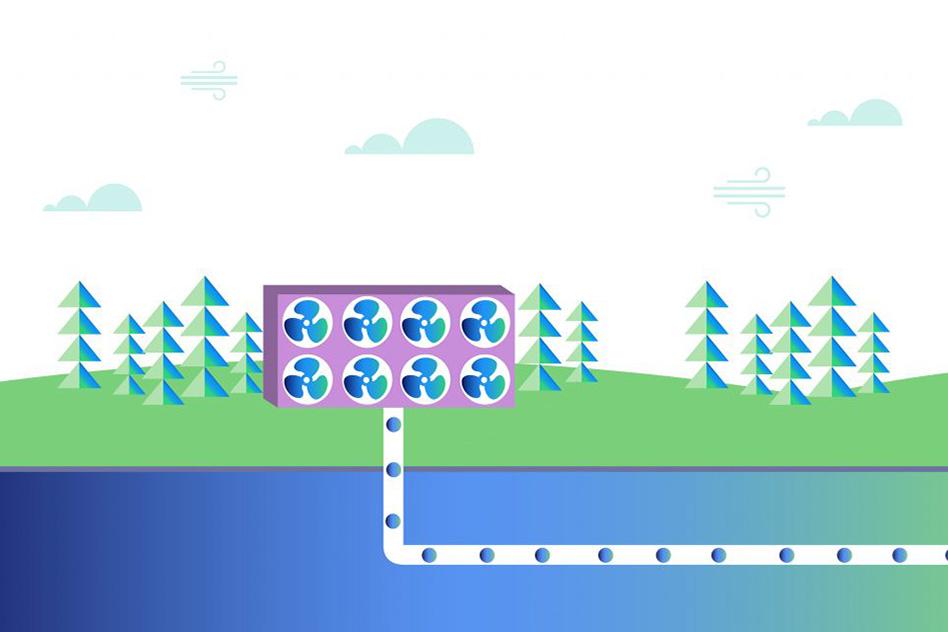
Seminar explores economic feasibility of technology that could play a key role in the energy transition
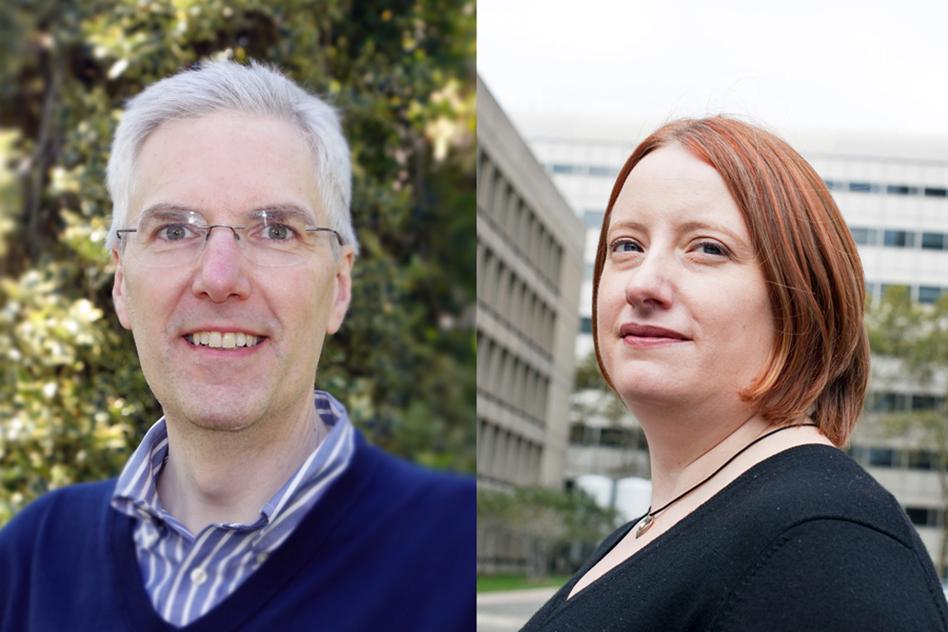
To put global climate modeling at the fingertips of local decision-makers, some scientists think it’s time to rethink the system from scratch. Five Joint Program-affiliated researchers will help advance an MIT Climate Grand Challenges flagship project to do just that. (WBUR)
MIT has selected five winners in its inaugural "Climate Grand Challenge," including one researcher who used a massive amount of data to model the world, creating a digital twin of Earth that could help scientists predict how climate change will affect us.
...
The latest United Nations IPCC Reports describe how limiting global warming to 1.5 degrees Celsius above pre-industrial levels can avert the worst impacts of climate change. That will require global emissions to drop by roughly half over the next decade and reach net-zero emissions near...
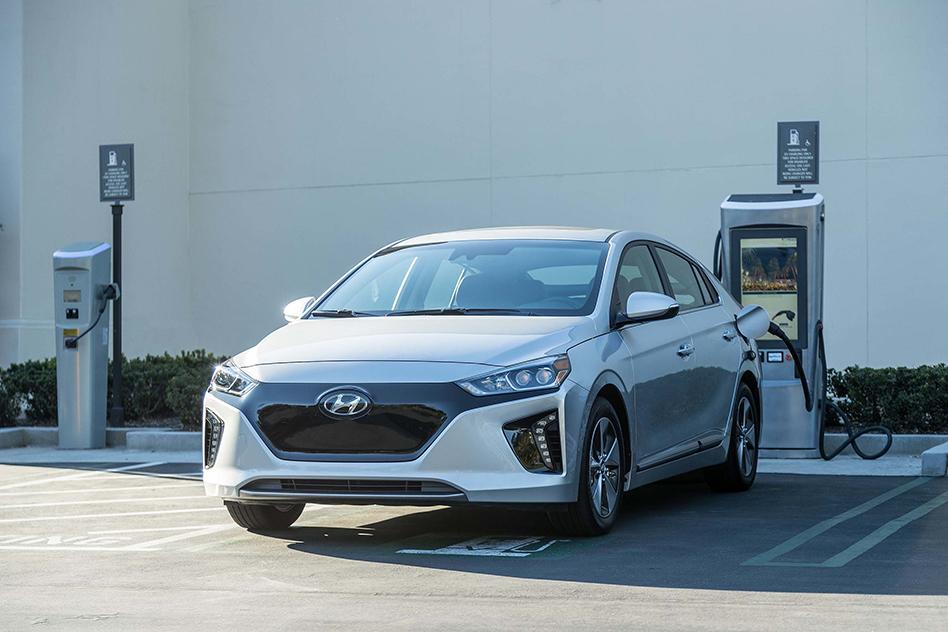
In the United Nations Climate blog Electric Future, MIT Joint Program Deputy Director Sergey Paltsev highlights challenges in making EVs truly emissions-free (UNFCCC)
Believe it or not, if you had been walking through Manhattan in 1900, there is a good chance you would have seen an electric car. Roughly one third of cars on the road in New York back then were electric, while the city’s taxi fleet had thirty electric vehicles (EVs). It was to be a brief heyday...
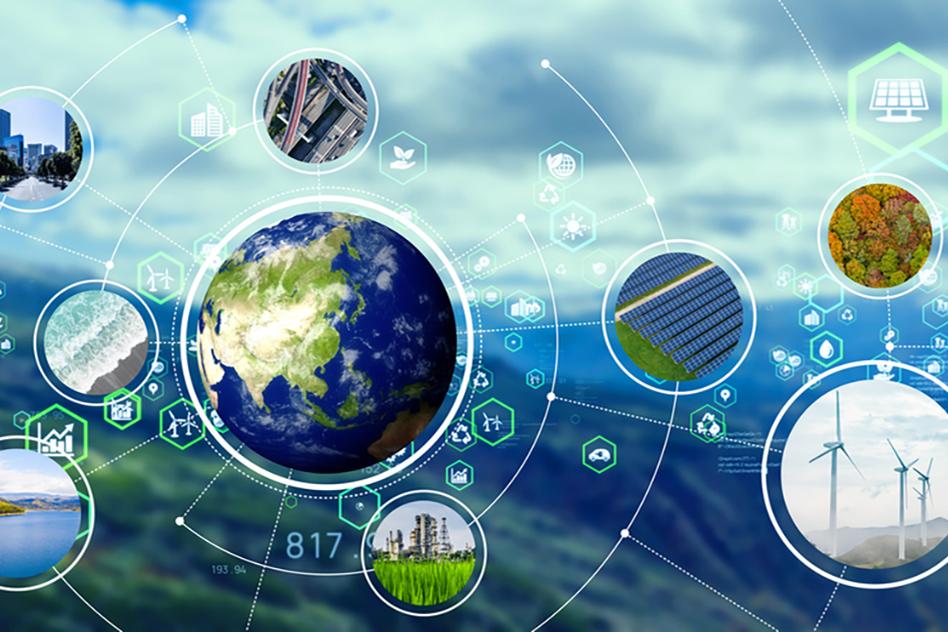
Twenty winning projects will link industry member priorities with research groups across campus to develop scalable climate solutions
Molly Chase | Climate and Sustainability Consortium
Publication Date:
May 23, 2022
PRESS INQUIRIES

